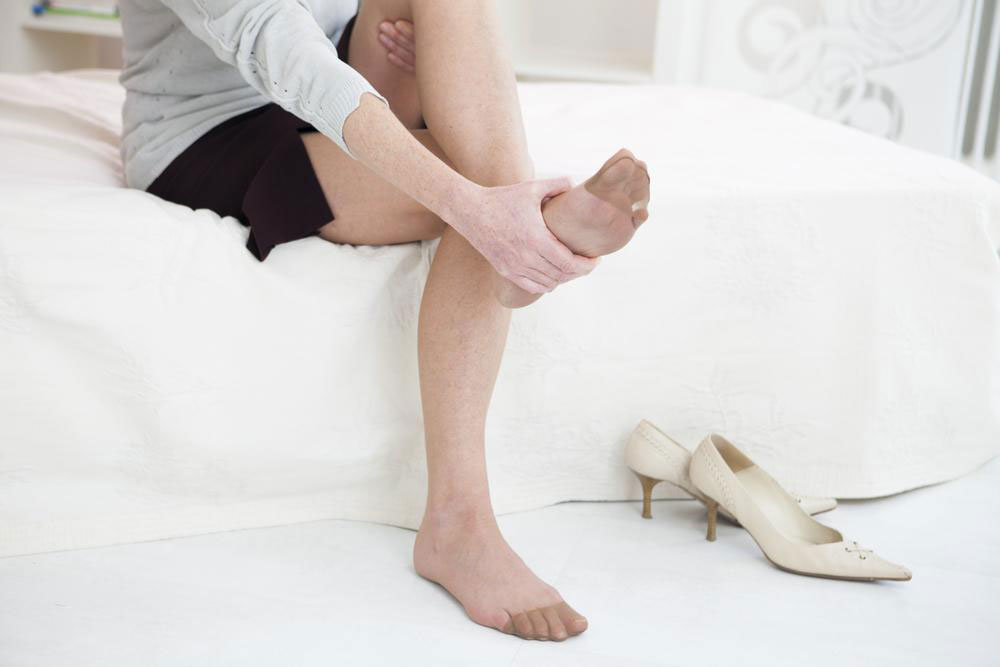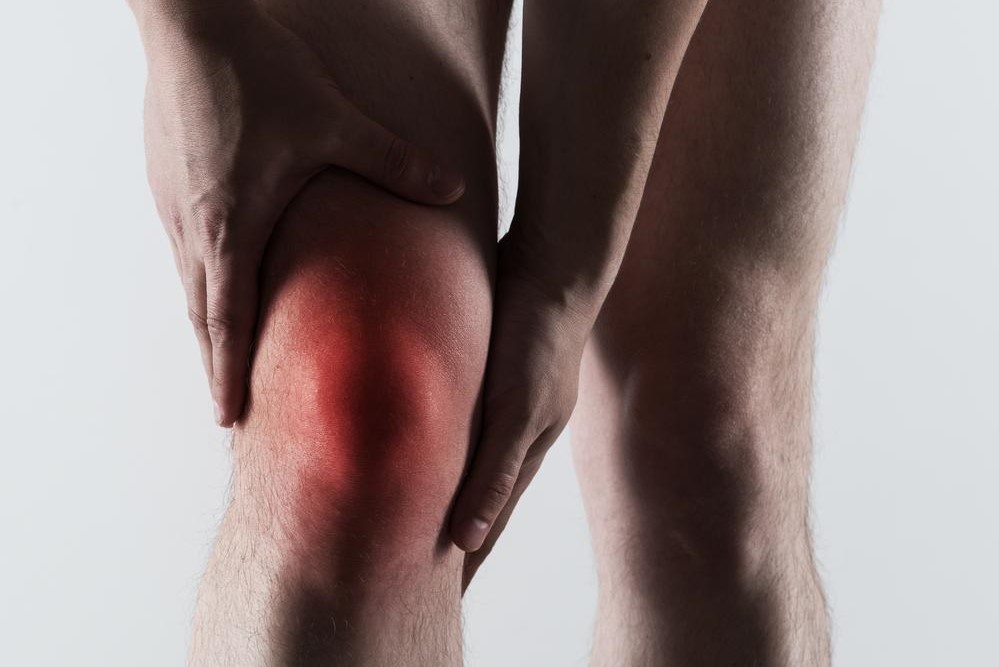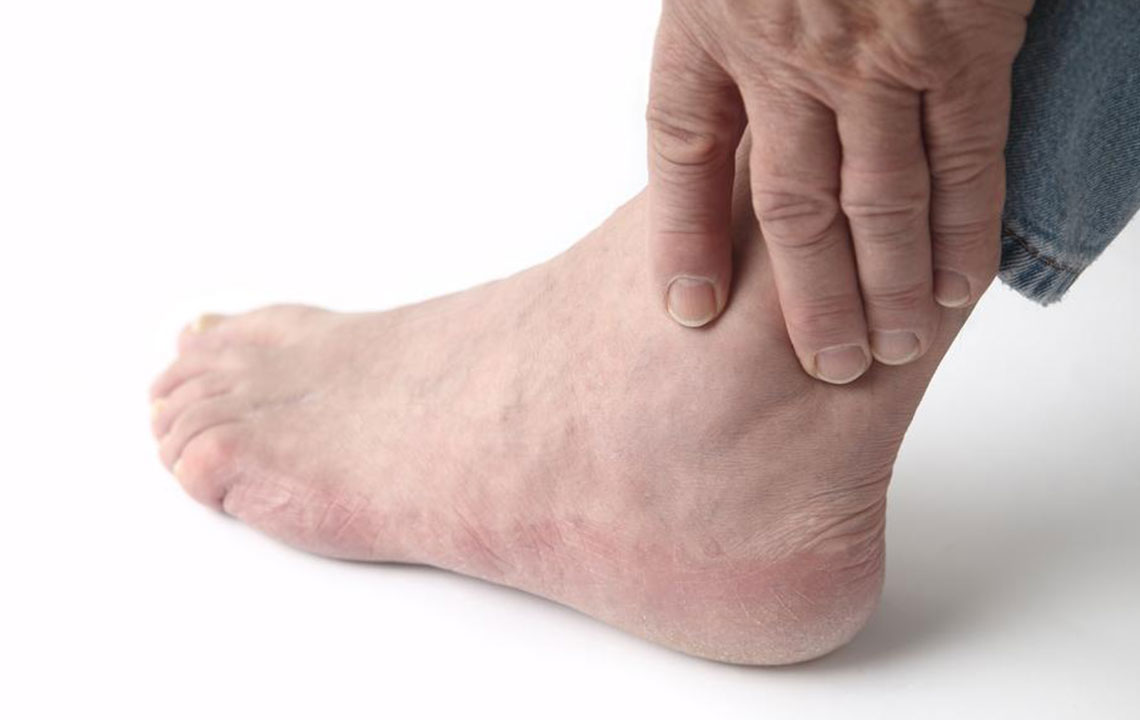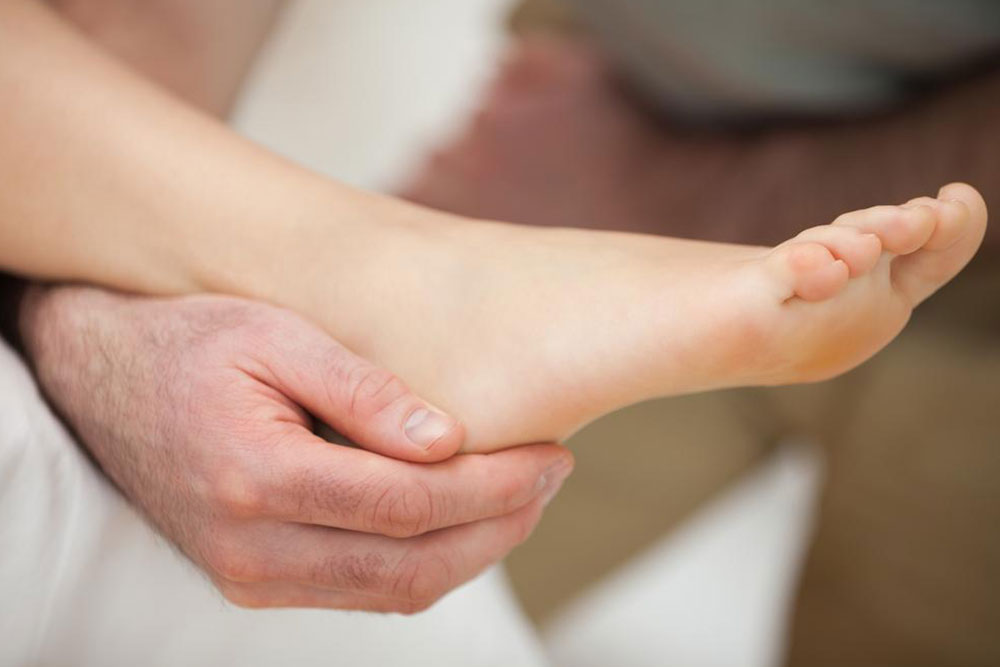Recognizing and Managing Gout-Induced Foot Discomfort
Learn how to identify gout foot pain and explore effective management strategies. Recognize symptoms early, understand risk factors, and follow recommended treatments such as diet, medication, and lifestyle changes. Early intervention can prevent joint damage and improve quality of life for both men and women experiencing gout symptoms.
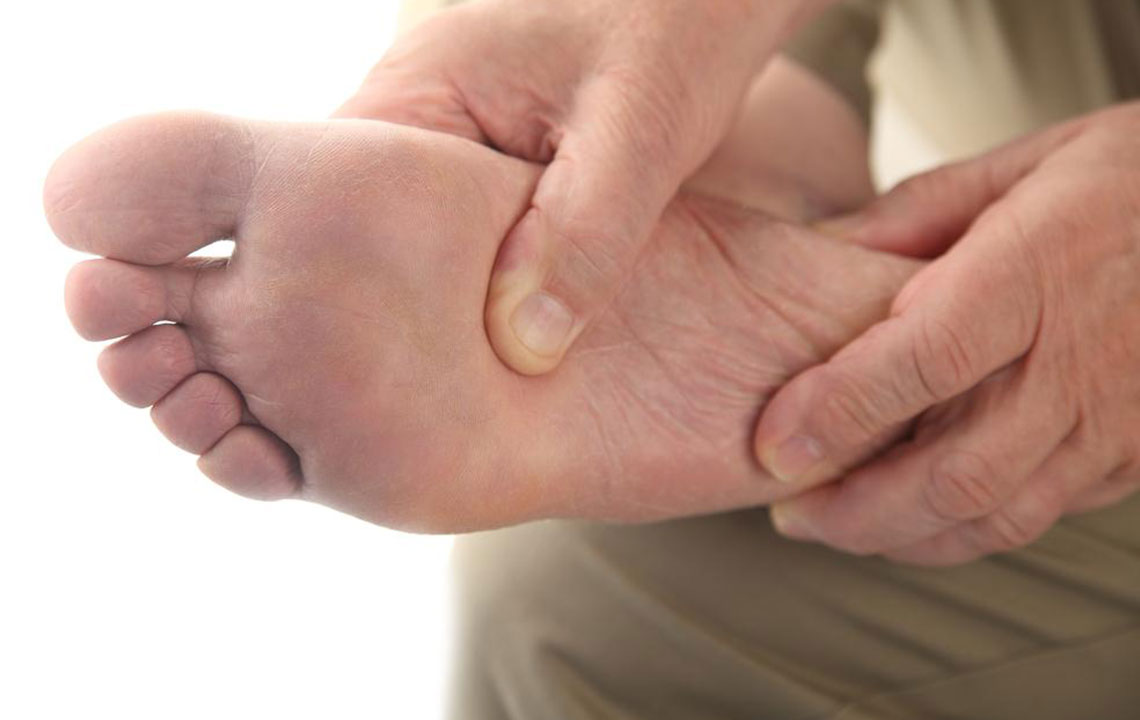
Recognizing and Managing Gout-Induced Foot Discomfort
Gout is a type of arthritis characterized by sudden, intense joint pain. Common signs include joint stiffness, a burning sensation, and swelling. If untreated, gout can harm joints, tendons, and surrounding tissues. Foot pain from gout is prevalent among men and results from high uric acid levels in the blood, which can crystallize within joints. Factors like obesity, excessive alcohol, and high-purine foods such as meat and fish increase risk. Certain medications like diuretics may also trigger gout attacks.
Night-time joint pain is typical, affecting areas like knees, ankles, and feet, sometimes lasting days or weeks. Persistent pain warrants medical attention, as uric acid buildup may continue even after symptoms subside. As age advances, gout episodes can intensify, making lifestyle management essential. Proper diet, regular checkups, and early treatment are crucial to prevent severe damage and improve quality of life. Consulting healthcare professionals for diagnosis and personalized treatment ensures effective management, including medication, dietary changes, and specific exercises. Quick intervention can alleviate pain efficiently and reduce long-term complications.
Gout can affect younger individuals too, emphasizing the importance of routine health assessments if pain persists. Various medicines and treatments help control symptoms and prevent future attacks. Diagnosing gout involves joint fluid analysis and blood tests for uric acid levels. Early treatment with anti-inflammatory medications often provides relief within a day. Applying ice packs, staying well-hydrated, and adopting a suitable diet are essential steps in managing flare-ups. Wearing lightweight clothing and avoiding excessive strain can also help. Patience and medical guidance are key to effectively addressing gout-related foot pain.

